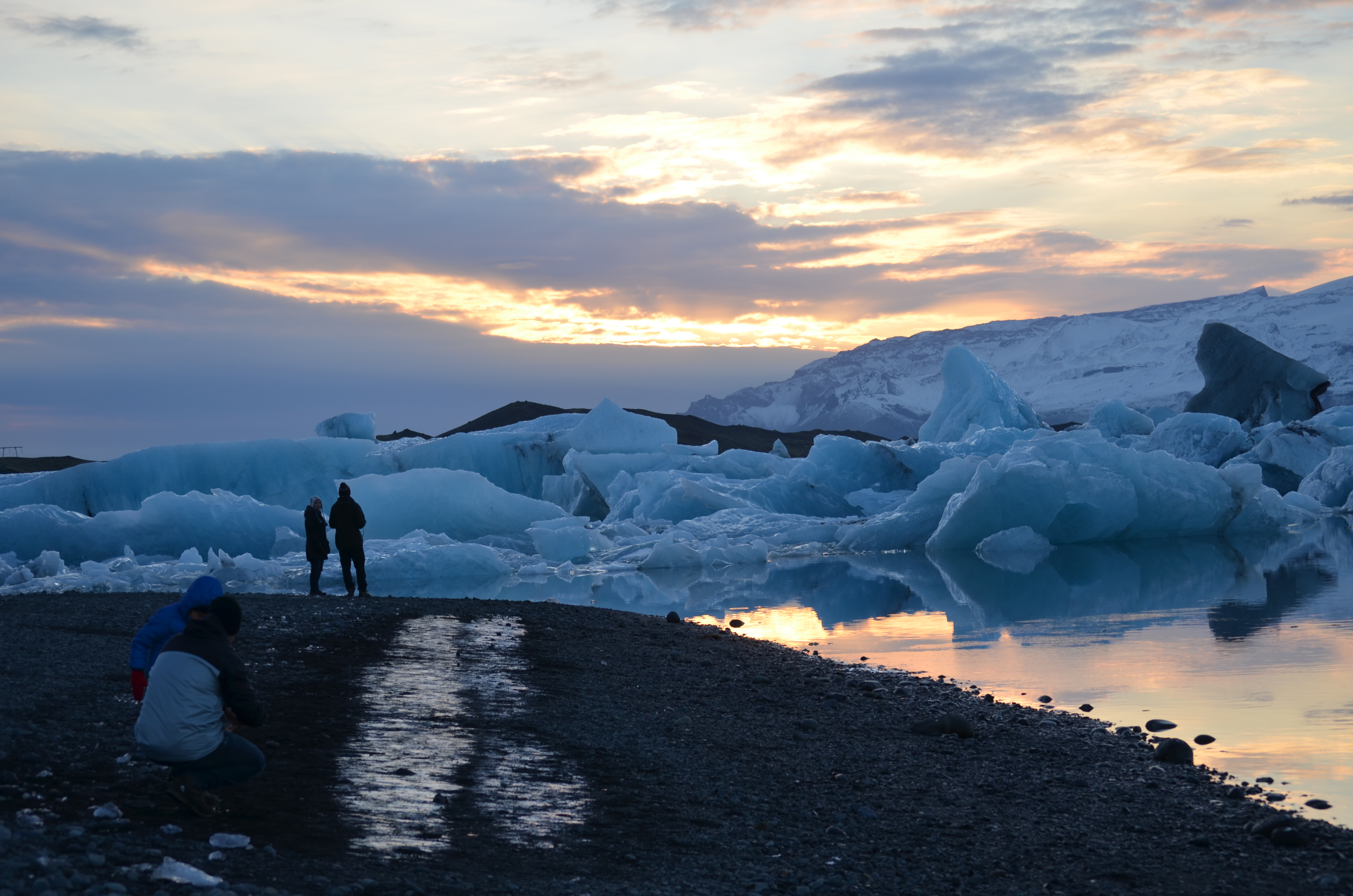carbon capture3
-

New Report Examines Key Steps Forward in Removing Carbon Dioxide from Air
The report describes how “negative emissions technologies” that remove and sequester carbon dioxide from the air will need to play a significant role in mitigating climate change.
-

American Geophysical Union 2018: Key Events From the Earth Institute
The American Geophysical Union fall meeting takes place Dec. 10-14 in Washington, D.C. Here is a guide to key talks and other events from Columbia’s Earth Institute.
-

Center on Global Energy Policy Launches Carbon Management Research Initiative
The initiative will help to drive business models, investment vehicles, and policies for a new carbon economy.
-

6 Climate Change Solutions We Can All Agree On
These ideas hold merit no matter where you fall on the political spectrum
-

Developing Carbon Management Solutions
David Goldberg and Peter Kelemen, scientists at Lamont-Doherty Earth Observatory, are at the forefront of carbon capture and storage research. In this video, they discuss their work and how it will contribute to carbon management solutions and strengthen society’s resilience to climate change.
-

In a Melting Iceland, Drilling Deep to Stem Climate Change
Iceland is pioneering a new technology to deal with climate change. Its Hellisheidi geothermal power plant, the world’s largest, hosts arguably the world’s most advanced program to capture and lock away globe-warming carbon dioxide.
-

Photo Essay: Iceland at the Cutting Edge of Climate Change
Iceland has a complicated relationship with climate change. As in much of the far north, global warming is already exerting many effects here–arguably both good and bad. Yet the country contributes relatively little to the warming, since most of its energy comes from geothermal and hydro plants, which produce little carbon dioxide. Now, it is…
-

The Greening of China
China became the world’s largest carbon polluter in 2006, surpassing the U.S. But it is also rapidly going green through cutting coal use, investing heavily in renewable energy and launching the world’s largest carbon trading system.

AGU25, the premier Earth and space science conference, takes place December 15-19, 2025 in New Orleans, Louisiana. This year’s theme—Where Science Connects Us—puts in focus how science depends on connection, from the lab to the field to the ballot box. Once again, Lamont-Doherty Earth Observatory and Columbia Climate School scientists, experts, students, and educators are playing an active role, sharing our research and helping shape the future of our planet. #AGU25 Learn More

